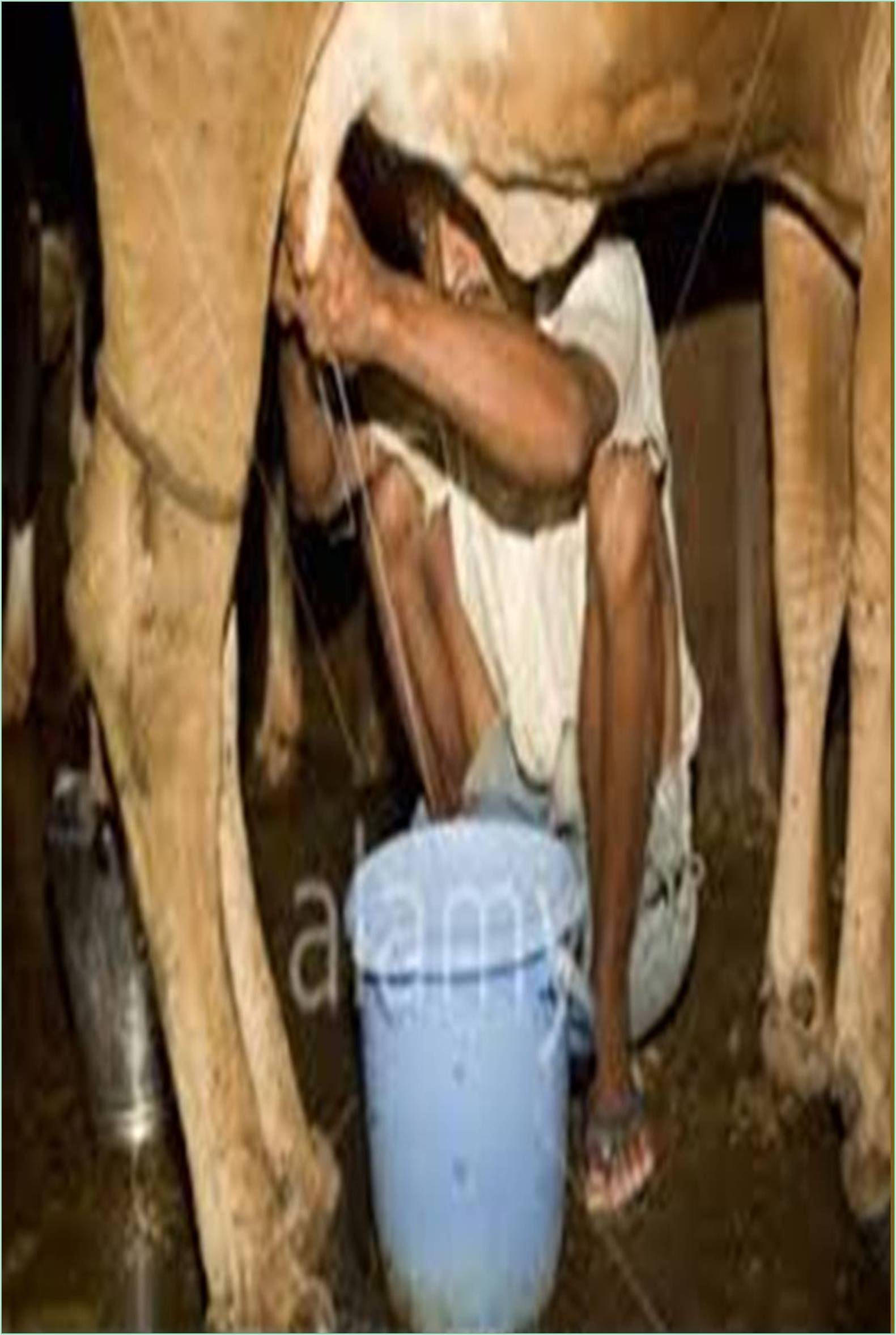



Published: 30-Dec-2021
The temperatures inside a cooler can differ over the long run and from one area to another. Your ice chest, similar to your broiler, can have hot and cold regions. This affects the quality and timeframe of realistic usability of your food. Since it’s the hottest situation in your cooler, the fridge entryway is the most obviously awful spot for temperature swings. Think about this: Every time you open the ice chest entryway, you’re pulling each of the food varieties inside into the most smoking region in your home. Hotter temperatures and successive temperature changes can make food ruin, particularly milk and cream. Milk is high in protein, nutrients, and minerals, and is the primary food polished off by vertebrates after birth. Be that as it may, it doesn’t keep going long. This is because of the way that crude milk is in like manner high in microbes. The time span it keeps still up in the air by how it is dealt with. Most store milk has been purified and can be kept in the cooler for as long as seven days if unopened. Unopened milk that has been warmed to temperatures surpassing 135°C (275°F) can endure as long as a half year at room temperature. Nonetheless, milk that has been warmed to such high temperatures doesn’t taste extremely pleasant. This is ordinarily the way various kinds of milk last: If unopened, sanitized milk can be kept at room temperature for as long as four hours. It will save for five to seven days whenever kept beneath 4°C (40°F), After going through a fine channel to eliminate harsh microorganisms, unopened sifted milk can be stockpiled as long as 45 days at temperatures as high as 7°C (45°F), Milk that has been warmed to a Ultra-high Temperature (UHT). UHT milk can endure a half year at room temperature whenever warmed to no less than 135°C (275°F) for two to four seconds and put away in legitimate bundling. It ought to be refrigerated and treated as new milk once opened, Three months for frozen milk, One year at room temperature for dissipated/dense milk, Dried milk can be accumulated as long as a year in powdered structure. An as of late grown low-temperature, brief time frame variety to the purification cycle that opens milk to more hotness while under low tension. They showered normal sanitized milk through spouts at a controlled strain utilizing specific hardware. They then, at that point, warmed the minute beads to simply beneath 72o C (161o F) for 0.02 seconds. The microscopic organisms were disposed of close to 100% of the time, however the taste and supplements were held. On a logical scale, purification alone kills microscopic organisms by a variable of five, however the additional progression builds it to seven or eight. What endures is at such a low level that it consumes a large chunk of the day for it to increment to the place where it really hurts. For as long as 57 days, there were no proof of the milk ruining (for example bacterial turn of events), which is five weeks longer than customary purified milk. This inventive technique can possibly not just broaden the timeframe of realistic usability of new milk, yet additionally to let it to be moved further, conceivably extending rancher markets. Cow’s milk ought to be drunk inside seven days of opening to guarantee most extreme newness and quality. It’s vital to adhere to the utilization by date till it’s opened. Assuming that you’re slicing it near seven days and have concerns, take a sniff of the milk prior to drinking it to check whether it’s as yet protected to polish off.